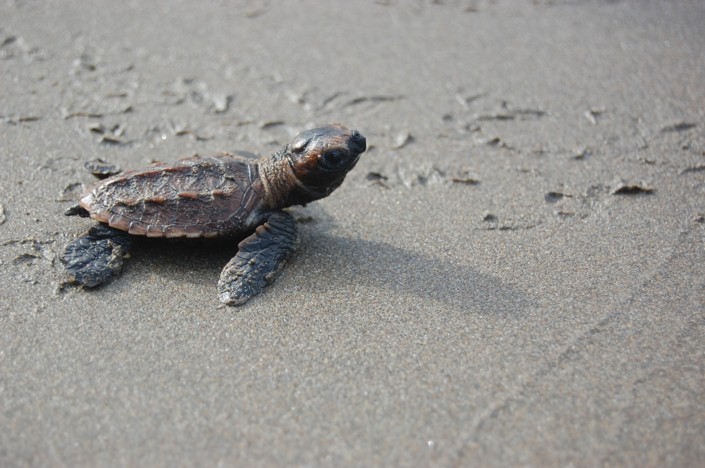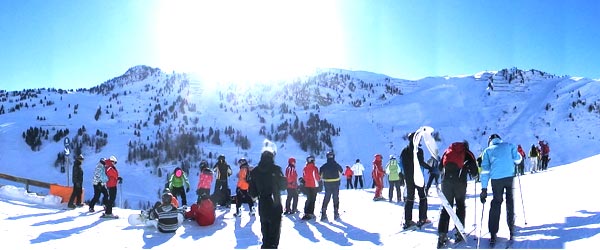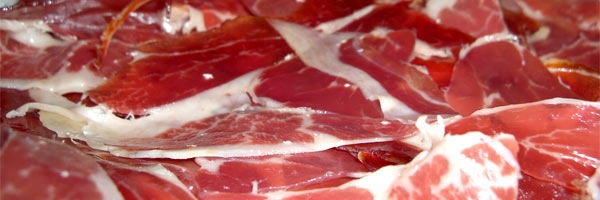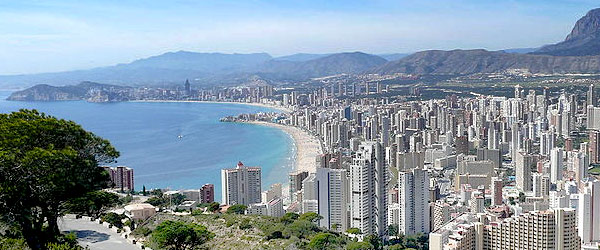Spanish Music Festivals | donQuijote

Spain has many different Spanish music festivals. Most music festivals in Spain are well known among Spaniards as well as most Europeans. Below are some of the best known music festivals in Spain such as the Primavera Sound, Sónar, FIB, Festimad, Rock in Rio and the WOMAD!
The Primavera Sound is a music festival, held annually in Barcelona. The Primavera Sound features many different styles of music; noise rock, indie rock, alternative rock and electronic music. The 2012 music festival will be held from May 30 to June 3 in Barcelona at the Parc del Fórum, on the seafront and next to the port.
Another well-known music festival in Spain is Sónar. This festival is also held in Barcelona. The first Sónar festival was held in 1994 and is always held in the middle of June. The music played is Electro, Techno, House and HipHop. The peculiarity of Sónar is the duration of the music festival, 3 days and 3 nights (2012 from June 13 to 17). At night and during the day the festival has several locations. Especially in the evening the locations differ, making for an unforgettable 3 days and 3 nights.
Benicassim International Festival (FIB) is a music festival for Rock, Pop and Electric music together with internationael artists. At the first edition of the Benicassim Music Festival, 8,000 young people per day attended this four-day music festival in Spain. Now after more than 15 years later, the FIB has become one of Europe´s largest and most exciting music festivals. The festival is held on the coast near the town of Benicassim between Valencia and Barcelona, about 92 kilometers from Valencia airport. In 2012, the festival will be held from July 12 to July 15.
Festimad is a two-day music festival of alternative music in Spain. Aside from the fact that a lot of alternative music is played, Festimad is also a cultural festival. Along with the FIB, macro festival and rock festival, Festimad is one of the oldest music festivals in Spain. The festival is often held in the last week of May. With more than 14 successful editions and 40,000 visitors, it is safe to say that Festimad is a true phenomenon in both Spain and Europe.
Rock in Rio in Madrid is a major music festival in Spain that is also celebrated in Brazil and Portugal. The first edition in Madrid was in 2008 and this music festival is for both international and national artists. The goal of Rock in Rio is to achieve a better world with music as a universal language of peace and harmony. This year in 2012, the Rock in Rio festival will be held June 29 and 30 and July 5,6 and 7. About a million people are expected to attend.
WOMAD or World of Music, Arts & Dance,is held all over the world but as a festival in Spain in two different places (Cáceres and in Gran Canaria in the Canary Islands). These festivals in Spain are unique because they are held in cities with UNESCO World Heritage listed buildings.
The WOMAD festival of Cáceres has been organized since 1992. This festival is different from the others because it also offers workshops and other activities. All workshops and other activities are held outdoors or in buildings of monumental value. It has undoubtedly become one of the most important cultural events of the Extremadura region and is a popular cultural and music festival in Spain. The number of visitors has increased in recent years to more than 100,000 people.
Then we also have the annual WOMAD festival in the Canary Islands in the city of Las Palmas in Gran Canaria that has been organized since 1993. The festival in Gran Canaria focuses more on African art and music. However, this does not mean that there are no other global artists or performers. Music from all over the world floats over the walls of city!









